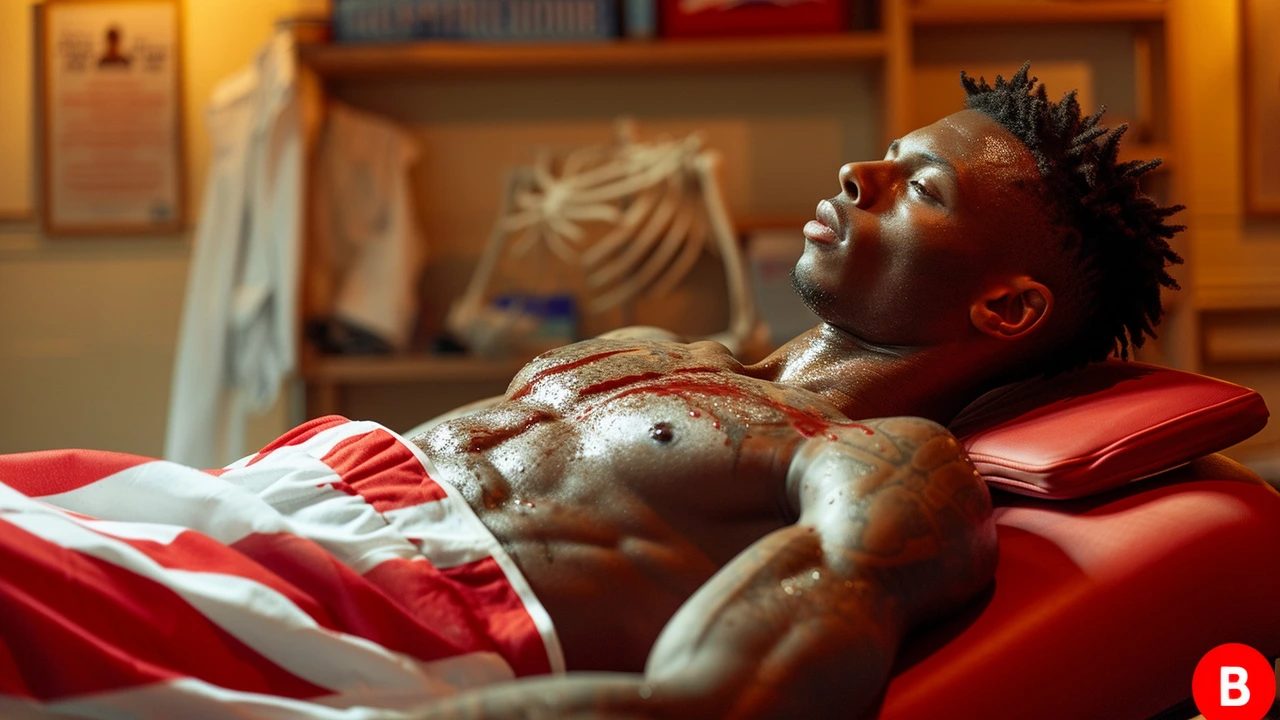Massage Therapy for Athletes: Faster Recovery, Better Performance
Think of massage as targeted maintenance for your body. Athletes who use massage regularly report less muscle tightness, faster recovery after hard sessions, and fewer training setbacks. This page gives you straight-up guidance: which massage types work best, when to schedule sessions, quick self-care moves, and what to watch out for.
What massage does for athletes — quick and real
Massage helps clear metabolic waste, eases tight muscles, and improves joint range of motion. That means you can move better in training and feel fresher the next day. Sports massage targets specific muscles and often mixes techniques—long strokes, deep pressure, and friction—to break up knots and speed up recovery. It also lowers stress and helps you sleep, which are huge for training gains.
Use massage strategically: a short, gentle session before competition can loosen you up without draining energy. A deeper, longer session after hard workouts or during recovery weeks helps repair tissue and reduce soreness. For mild muscle soreness, even 10–15 minutes of focused work can make a difference.
When to get massage, how often, and simple self-care
How often depends on your training load. If you train daily or compete often, aim for 1–2 sessions a week. Weekend warriors can benefit from one session every 2–4 weeks. Schedule deep work on lighter training days and avoid intense deep tissue right before a major event.
Can’t see a therapist? Do these at home: foam roll quads, glutes, and calves for 1–2 minutes each; use a lacrosse ball on tight shoulder blades; stretch after a short warm-up; hydrate and eat a protein-rich snack after training. Contrast showers (warm then cold) and compression sleeves can help reduce swelling after long sessions.
Pick tools that match the job: a soft foam roller for tight calves, a firmer one for dense quads, and a small ball for trigger points. Keep sessions purposeful—focus on problem spots and keep overall time under control so you don’t overwork sore tissue.
Watch for red flags: skip massage if you have a fever, open wound, skin infection, or a new sharp pain after trauma. Tell your therapist about recent injuries, blood clot risk, medications, or surgeries. Good communication prevents problems and ensures the work helps more than it hurts.
Finally, choose a therapist experienced with athletes. Ask about sports massage training and whether they’ve worked with your sport. A good pro will show you home drills, explain timing around competitions, and track how your body responds over weeks. Use massage as part of a plan—paired with sleep, nutrition, strength work, and smart training, it pays off in fewer setbacks and better performances.

Enhance Athletic Performance with Expert Sports Massage Techniques
Hey there, fellow fitness enthusiasts! Have you ever wondered how a sports massage could take your training to new heights? Well, I've been exploring the incredible benefits that come with integrating massage therapy into my routine. It's not just about soothing those sore muscles; it's a game-changer for recovery and performance. I'm excited to share how this powerful tool can help us crush our goals and keep our bodies in tip-top shape. Join me as I dive into the transformative world of sports massage!
Read More